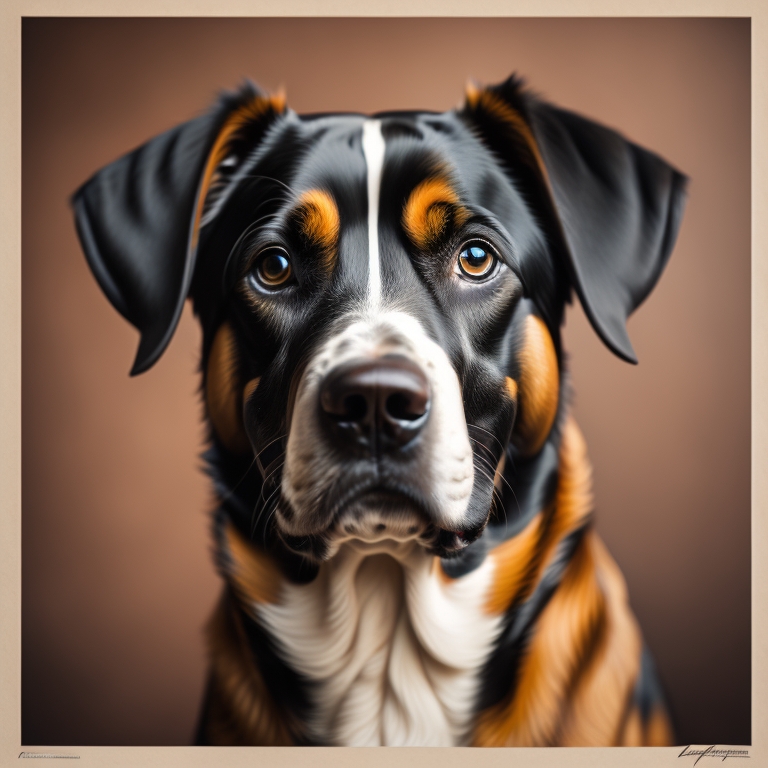How Did Wolves Become Dogs
The relationship between humans and dogs is one of the oldest and most enduring partnerships in history. While dogs have become our beloved companions, it's essential to understand that their roots trace back to their wild ancestors, the wolves. The transformation of wolves into the domesticated dogs we know today is a captivating tale of co-evolution and mutual benefit. In this article, we'll explore the fascinating journey of how wolves became dogs, unraveling the process of canine domestication.
The Origins of Canine Domestication:
The domestication of dogs is believed to have occurred tens of thousands of years ago, during the Paleolithic era. At that time, humans were hunter-gatherers, and wolves were wild predators. The early interaction between humans and wolves was likely accidental, with wolves scavenging near human settlements for food scraps.
Mutual Benefits:
As wolves spent more time near humans, some individuals may have exhibited less fear and aggression towards humans, while humans might have recognized certain advantageous traits in these tamer wolves. The relationship was mutually beneficial - the wolves gained access to a stable food source provided by humans, while humans benefited from the wolves' keen senses, hunting prowess, and alertness to potential dangers.
Self-Domestication:
The process of canine domestication is often referred to as "self-domestication." It's a term that describes the genetic changes occurring in the tamer wolves that made them more compatible with human society. Over generations, these behavioral and physical changes became more pronounced, leading to a distinct group of animals that were no longer fully wild wolves but not yet domesticated dogs.
Genetic Evidence:
Advancements in genetic research have provided invaluable insights into the evolution of dogs. DNA studies comparing wolves and modern dogs have revealed a close genetic relationship, supporting the theory of domestication from a common ancestor. Specific genes associated with behavior, coat color, and size have been identified as potential markers of the domestication process.
Selective Breeding and Human Influence:
As the bond between early humans and tamer wolves strengthened, humans likely started to selectively breed these animals to emphasize specific traits that were beneficial for various purposes. Over time, dogs were bred for specific tasks, such as hunting, herding, guarding, and companionship. This selective breeding contributed to the wide array of dog breeds we have today, each adapted to various roles and environments.
The Diverse Family of Dogs:
The journey from wolves to dogs has given rise to an astonishing diversity of breeds with unique appearances, temperaments, and skills. From tiny Chihuahuas to massive Saint Bernards, from intelligent Border Collies to playful Labrador Retrievers, the family of dogs showcases the incredible versatility that evolved from their wolf ancestors.
The Unbreakable Bond:
The bond between humans and dogs has only grown stronger over millennia. Dogs have not only provided companionship but also served as working partners, protectors, and sources of emotional support for their human counterparts. Their loyalty, affection, and unconditional love have earned them the well-deserved title of "man's best friend."
In conclusion, the journey of how wolves became dogs is an extraordinary tale of co-evolution, shaped by mutual benefit and the powerful bond between humans and animals. As we enjoy the companionship and unwavering loyalty of our canine friends today, it's essential to recognize and appreciate the ancient partnership that has brought us together. The story of canine domestication serves as a reminder of the profound impact animals have had on our lives, enriching our existence and offering a timeless example of the harmony that can be achieved between humans and the natural world.


